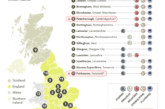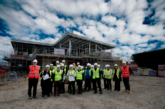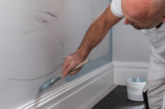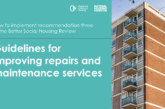Spencer Clarke, Specification Sales Manager at Clyde Radiators, explores the key considerations when selecting heat emitters for hospitals, care homes and other healthcare facilities. He explains why low surface temperature (LST) radiators are the ideal solution for keeping occupants safe and comfortable.
When specifying heating solutions for the healthcare environment, the safety and wellbeing of patients, residents and staff must be the number one priority. The heating system should provide a comfortable environment without posing any risk of harm to the occupants. As a result, the choice of heat emitter needs to be carefully considered.
Considering occupant safety
In spaces occupied by the more vulnerable, including patients, children, elderly or people with disabilities, radiators and heat emitters can potentially cause harm if they reach high temperatures. In fact, both HSE and NHS Estates guidance state that surface temperatures should not exceed 43˚C in healthcare settings, to reduce the risk of injury. Whilst the risk of injury may be small if someone brushes against the surface, if they fall into the radiator or hold onto it for more than a few seconds, for example to steady themselves, this could result in severe burns.
Standard panel radiators can reach temperatures around 70˚C, making them unsuitable and unsafe for these environments. Low surface temperature (LST) radiators are specifically designed not to exceed 43˚C, meeting the NHS Estates guidelines. Their outer casing encloses the heat emitter, ensuring a cooler exterior with minimal burn risk if touched.
As well as surface temperature, the physical form of the LST radiator is an important safety consideration. Models with rounded edges and corners help to protect patients from injury in the event of a fall or collision. In addition, anti-bacterial coatings provide extra protection against the spread of infection, another vital consideration when specifying for healthcare facilities.
Some LST radiators also feature pencil-proof grilles that allow fluid convection and airflow whilst preventing patients and residents from coming into direct contact with the convector. These grilles can also be anti-ligature to help prevent self-harm.
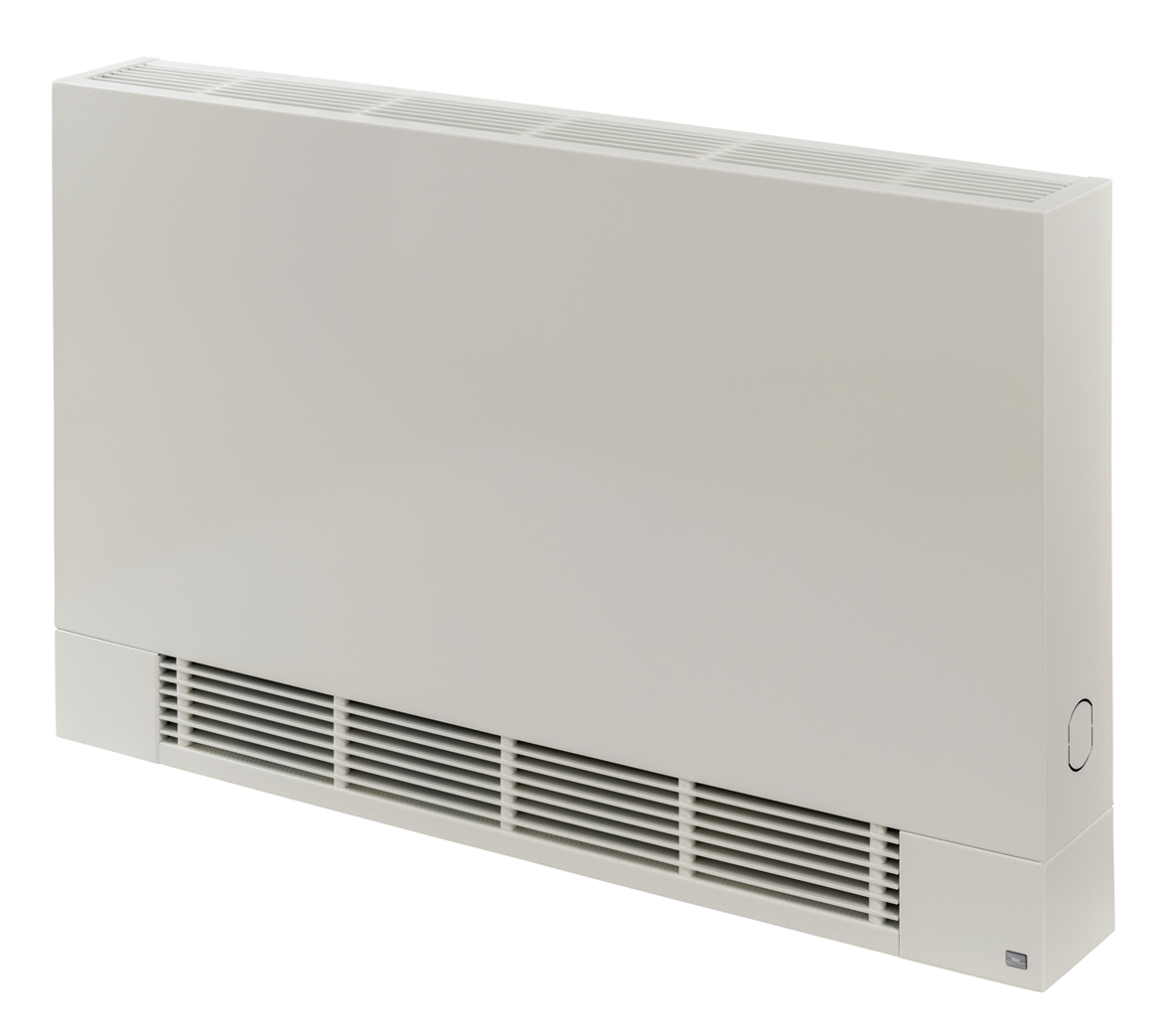
Energy efficiency
As well as safety, energy efficiency is a crucial priority in healthcare settings. In line with the commitment to environmental sustainability, all four health services in the UK announced their aim in 2021 to meet net zero targets ahead of the Government’s 2050 goals. With round-the-clock operation, heating bills can also strain already limited budgets, selecting energy-efficient models is therefore essential to control heating costs and improve overall sustainability.
Low surface temperature radiators with aluminium convectors, such as those made by Clyde, heat up rapidly thanks to aluminium’s high conductivity. They also cool down quickly when the temperature is lowered. This makes them very responsive, providing accurate localised heating control and reducing the amount of energy required to heat the room.
In addition, their lightweight construction and one-piece casing makes LST radiators easier and quicker to install than steel alternatives. This saves on project time and costs and keeps disruption to a minimum, allowing the medical facility to remain operational during installation. In addition, there is the option to fit the convector at first fix stage and to follow up with the casing later; this helps meet the requirements of the build schedule.
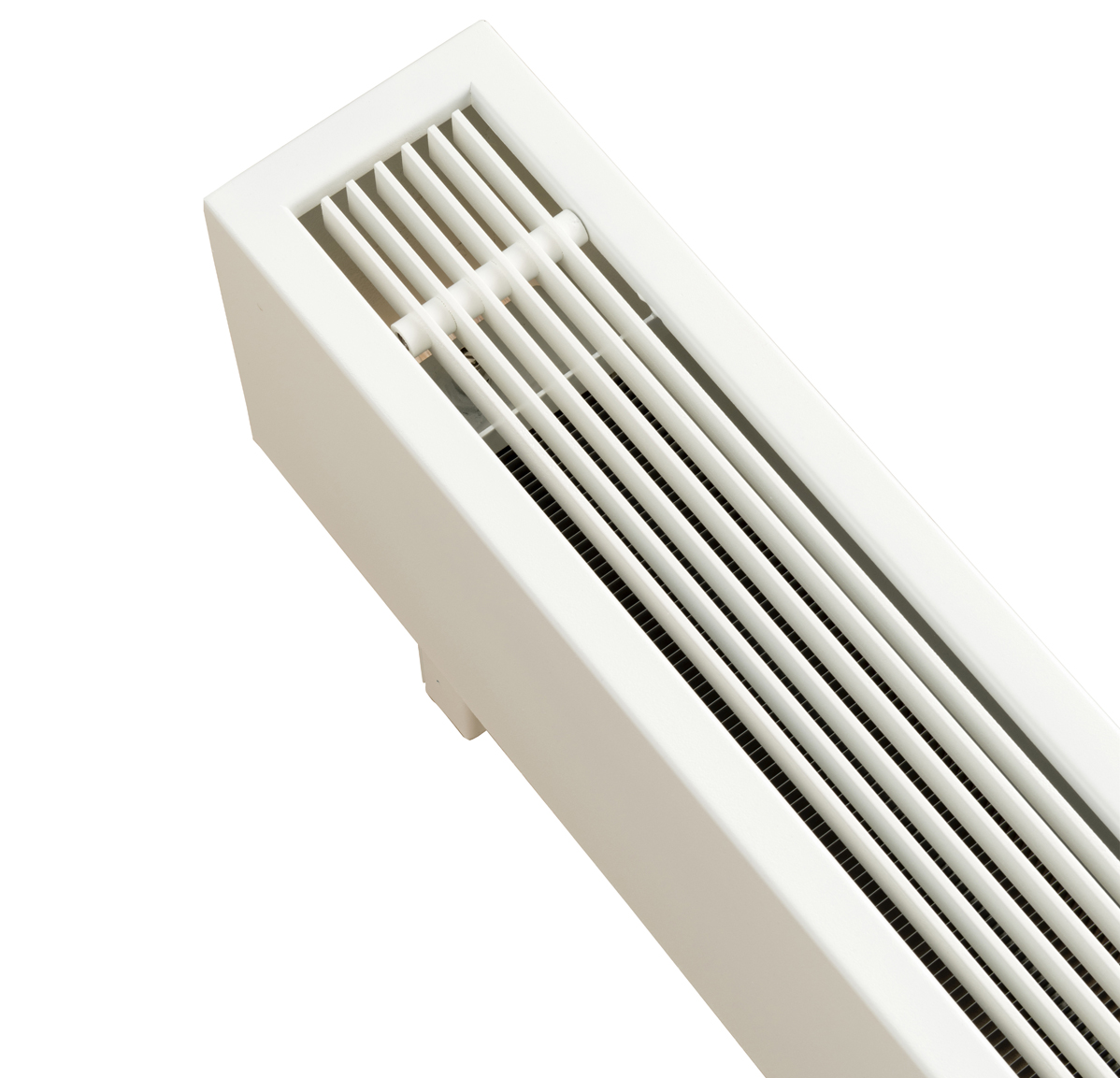
Floor-based solutions
Where wall space is limited, trench based heating where the system is installed in a trench in the floor is an excellent option. These systems provide discreet heating from floor level, with minimal use of floor areas. As occupants do not come into direct contact with the units, floor-based heat emitters provide safer, more accessible heating. For example, Clyde’s Trench LST uses an aluminium trench-type convector concealed at floor level; this removes any exposed hot surfaces, preventing occupants from coming into contact with any heated components while providing the necessary heat output.
The system delivers efficient underfloor heating and, in many cases, doesn’t require significant structural modifications. Its adaptability in terms of depth, configuration and grille options makes it an ideal choice for diverse aesthetic requirements and high traffic areas such as atriums.
Compliance and performance testing
When specifying any heat emitter, it’s vital to check its credentials. For example, our Centurion has been tested independently at BSRIA and certified to BS EN442, the technical specification and requirements for radiators and convectors. This guarantees thermal output and efficiency claims. In fact, Clyde Radiators has a choice of options to meet an area’s individual needs.
For healthcare settings, where patient and resident comfort is paramount, LST radiators are ideal. With the correct LST radiator specification, healthcare facilities, estate managers, and building owners can be confident that they’ve taken every reasonable measure to protect occupants while ensuring optimum comfort and efficiency.



